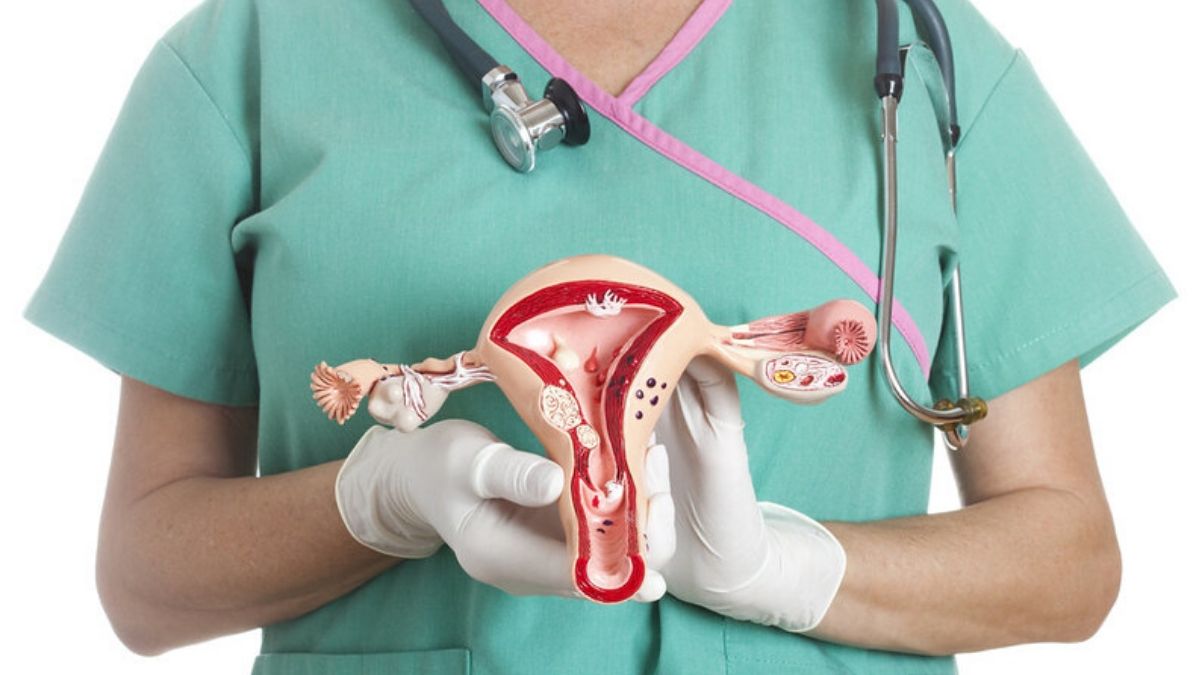Total Laparoscopic Hysterectomy is a minimally invasive surgical procedure used to remove the uterus and, in some cases, the cervix. This procedure is typically performed to treat various gynecological conditions, such as uterine fibroids, endometriosis, abnormal bleeding, or certain cancers. During TLH, small incisions are made in the abdomen, and a laparoscope with specialized instruments is inserted to visualize and dissect the uterus.
The uterus is then removed through the small incisions. TLH offers advantages like reduced post-operative pain, shorter hospital stays, quicker recovery times, and improved cosmetic outcomes compared to traditional open hysterectomy.


Hysteroscopy is a diagnostic and surgical procedure that involves examining the inside of the uterus using a hysteroscope, which is a thin, lighted tube with a camera. It can be performed for diagnostic purposes to investigate abnormal bleeding, uterine polyps, fibroids, or infertility issues. Additionally, it can be used for therapeutic interventions, such as removing polyps or fibroids, correcting uterine septum, or performing endometrial ablation for excessive menstrual bleeding. Hysteroscopy is a minimally invasive procedure that is often performed on an outpatient basis, providing a more direct and less invasive approach to diagnosing and treating intrauterine conditions.
Infertility surgeries encompass a range of procedures performed to address anatomical or functional issues that may be causing difficulty in conceiving. Some common infertility surgeries include:
A minimally invasive procedure to remove ovarian cysts that may be affecting fertility.
Removal of uterine fibroids while preserving the uterus to improve fertility.
Surgical interventions to address tubal blockages or abnormalities, such as tubal ligation reversal or tubal cannulation.
As mentioned earlier, hysteroscopy can be used to treat conditions like uterine polyps, fibroids, or septum, which can improve fertility.
Laparoscopic removal of endometrial tissue outside the uterus, which can improve fertility in women with endometriosis.
Infertility surgeries aim to optimize the reproductive anatomy and function, increasing the chances of natural conception or improving outcomes in assisted reproductive technologies (ART) such as in vitro fertilization (IVF). The choice of infertility surgery depends on the underlying cause of infertility and the patient's specific circumstances.
In summary, total laparoscopic hysterectomy, hysteroscopy, and infertility surgeries are minimally invasive procedures that have revolutionized gynecological and reproductive care. They offer benefits like reduced post-operative pain, faster recovery, and improved outcomes, providing patients with less invasive and more effective treatment options for various gynecological conditions and infertility issues.
